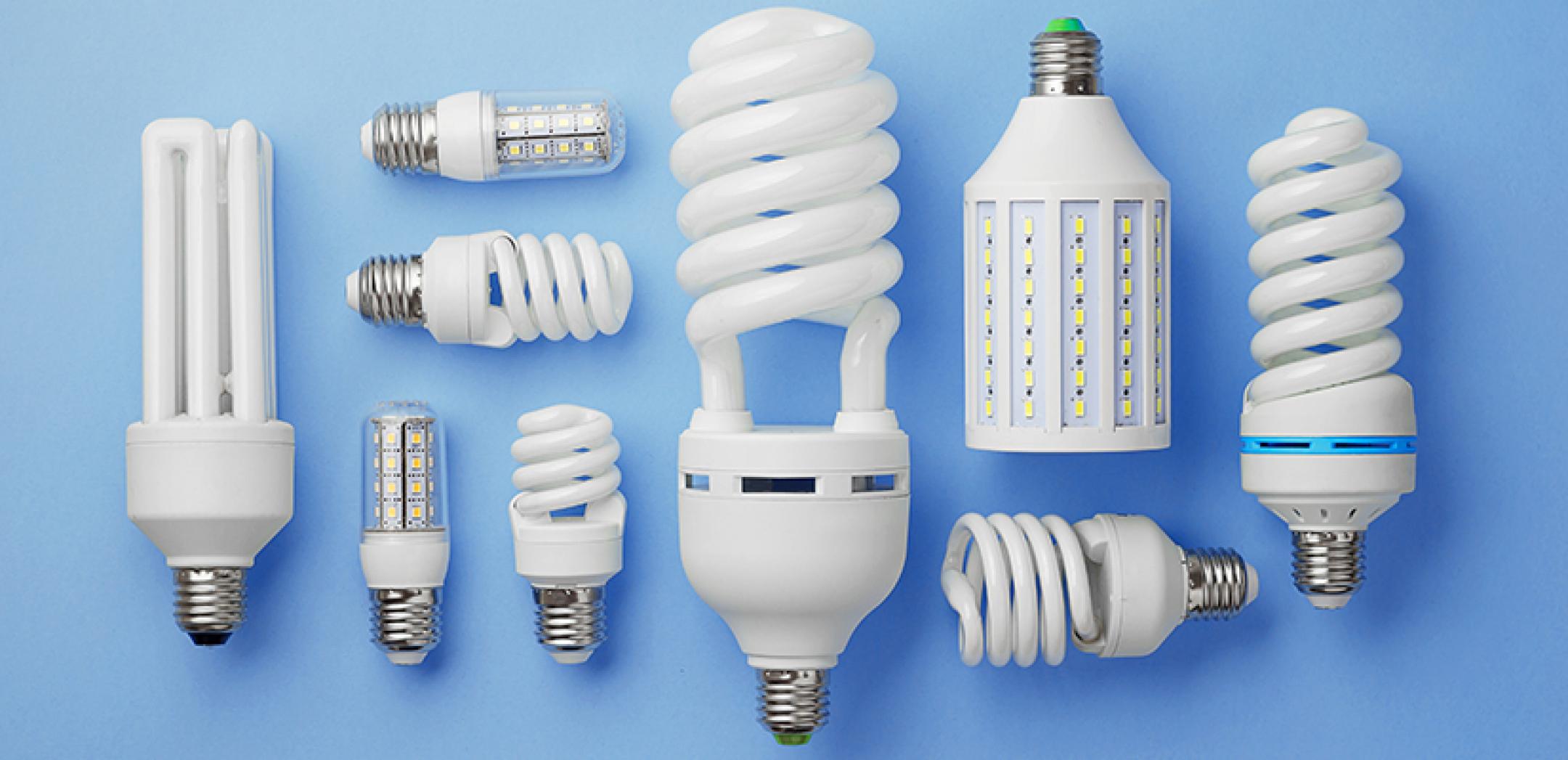Emergency Certified Electricians in Dallas, TX.
Call this Wednesday to Get 10% OFF
Emergency Certified Electricians in Dallas, TX.
Call this Wednesday to Get 10% OFF

LEDs are long-lasting, and cost-effective when it comes to household energy consumption. LED products are increasingly replacing the traditional incandescent lights in homes and commercial enterprises, but do you really know what LED stands for?
The true meaning of LED
Simply put, LED stands for “Light Emitting Diodes”. LEDs make use of up to 75% less energy, and they can last more than 25% longer than the traditional incandescent lights, but the most noticeable feature about LEDs is that their prices are falling as their popularity continue to soar. The cutting edge in the development of LEDs is the 100-year continuous research being conducted by scientists and engineers all around the world and the billions of dollars invested into such ventures.
Great idea and construction
LED was made from a substance referred to as “Gallium Arsenide”, and during the course of researches, some semi-conductors were added to create different hues of yellow, red and many other colors. In addition to different hues, LEDs are now available in a wide range of the spectrum, as a result of advancement in researches.
The excellent construction of LED lights ensures that an LED bulb of 60 watts capacity will produce the same amount of light the traditional incandescent bulb will produce but with just 10 Watts. Aside from using just 10 watts to produce the same light as a 60-watt incandescent bulb, the LED bulb will also generate much less amount of heat energy. Though the LEDs will not last forever, they do have a longer lifespan than the traditional incandescent lights, also, they do not contain any heated filament and no gases, and it will still last for over 3 years when you leave it running 24 hours a day.
In addition to a longer lifespan, LEDs are more flexible when it comes to using them in a wide range of environment and applications. They do provide a wider and longer range of lighting when compared to incandescent light fixtures. Mr. Electric of Dallas helps home and office owners to choose the right LEDs fixtures that can light up their entire space and for several other applications.
There is a great future for LED usage
By the year 2030, it is expected that 75% of lighting products will be made of LEDs, which means LEDs will contribute less than 10% of the total costs of energy bills. And in the next 20 years, LED lighting products are expected to reduce the costs of energy usage by as much as 50% which also translates to about $250 billion savings on world’s energy bills.
There are different applications you can use different LED products for, for instance, the 2000k dim glow LED bulbs can be used for ambient illumination, while the 3100 to 4500 K LEDs can be used task lighting inside the kitchen and the outdoor areas such as the patio. Commercial areas can rely on the 6500K LED lights to create a very bright hue.
Regardless of your LED requirements, you can rely on electricians from Mr. Electric of Dallas for the supply and installation of LED fixtures for your home and commercial premise.